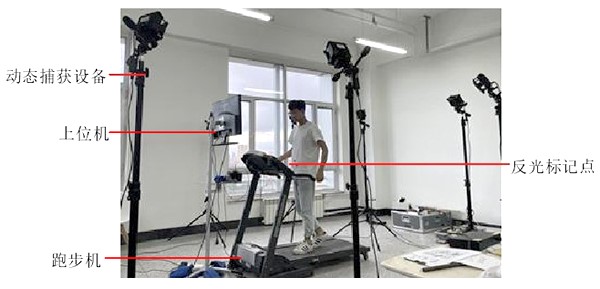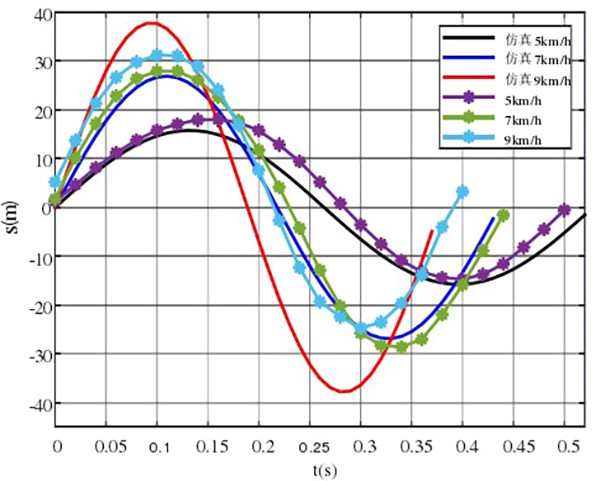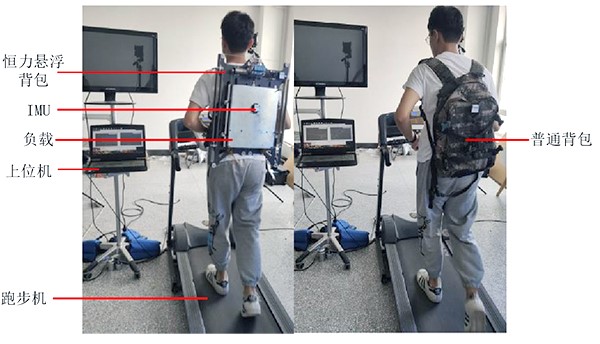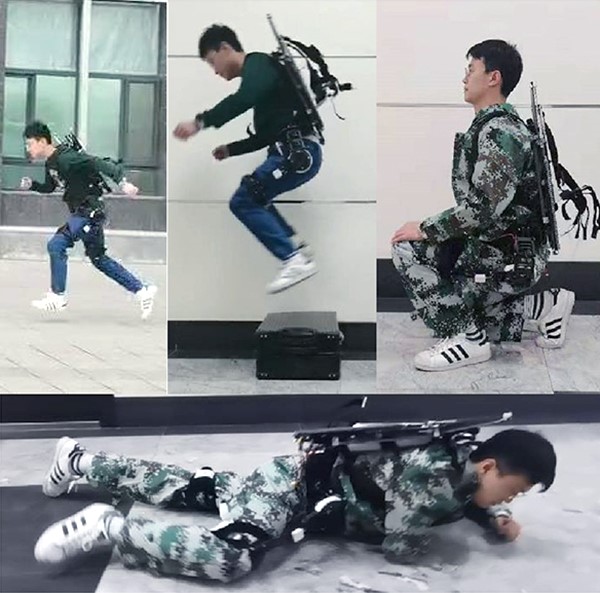Technological advancements have allowed wearable devices to develop rapidly. While a traditional backpack may assist in transporting loads, using one still requires significant physical exertion. As such, many exoskeleton robots have been designed to assist human movement and improve load capacity.
A majority of the existing exoskeleton robots transfer the static weight of the load to the ground and off of the human body, allowing one to walk more easily. However, with each step, the up and down movement of the body’s center of gravity transfers an inertial force to the load. This requires the body to consume additional power to compensate for the inertia of the load, limiting the technology’s feasibility in large-load or long-distance scenarios, such as in loaded marches and outdoor scientific research.

The research team at the Harbin Institute of Technology has developed a suspension backpack device that can adapt to different load weights and variations in human motion. This device automatically regulates the suspension effect of the backpack based on variations in load weight or human motion. The design of the suspension backpack was developed from the researchers’ analysis of a kinematic model of the human body’s center of mass and its lower limbs while performing a walking motion.

In order to verify the accuracy of the kinematic models, the researchers used the NOKOV motion capture system to record the trajectory of the human body’s center of mass. Three reflective markers were placed around a subject’s waist, near their center of mass. During the test, the subject walked on a treadmill at speeds of 5 km/h, 7 km/h, and 9 km/h. 8 NOKOV motion capture cameras set up around the treadmill recorded the motion of the subject’s center of mass.

The data collected by the NOKOV motion capture system was then imported into Matlab for processing. The experimental trajectory of the body’s center of mass was then compared to the predicted trajectory from the kinematic model. Moving at low speeds, the predicted trajectory was very similar to the actual trajectory of the center of mass obtained by the motion capture system. While the model trajectory was not a good fit at higher speeds, the motion fits an overall sinusoidal trend, with variations dependent on the gait of the subject. The model was able to represent the displacement of the body’s center of mass during human motion more accurately than previous models.

Based on the kinematic model, the researchers developed a constant force suspension backpack device that was lightweight, had an adjustable load, and incorporated a wide range of active and passive force suspensions systems in conjunction with each other. The researchers also subjected their constant force suspension backpack to a variety of tests, including a constant force mechanism balancing test, inertial force test, human energy consumption test, and action adaptability test, among others. The backpack was able to meet all test requirements, verifying the feasibility of the researchers’ design. The constant force suspension backpack was able to effectively control its suspension, reducing the inertial force of the load on the human body and reducing the metabolic energy required to transport the load.
Bibliography: